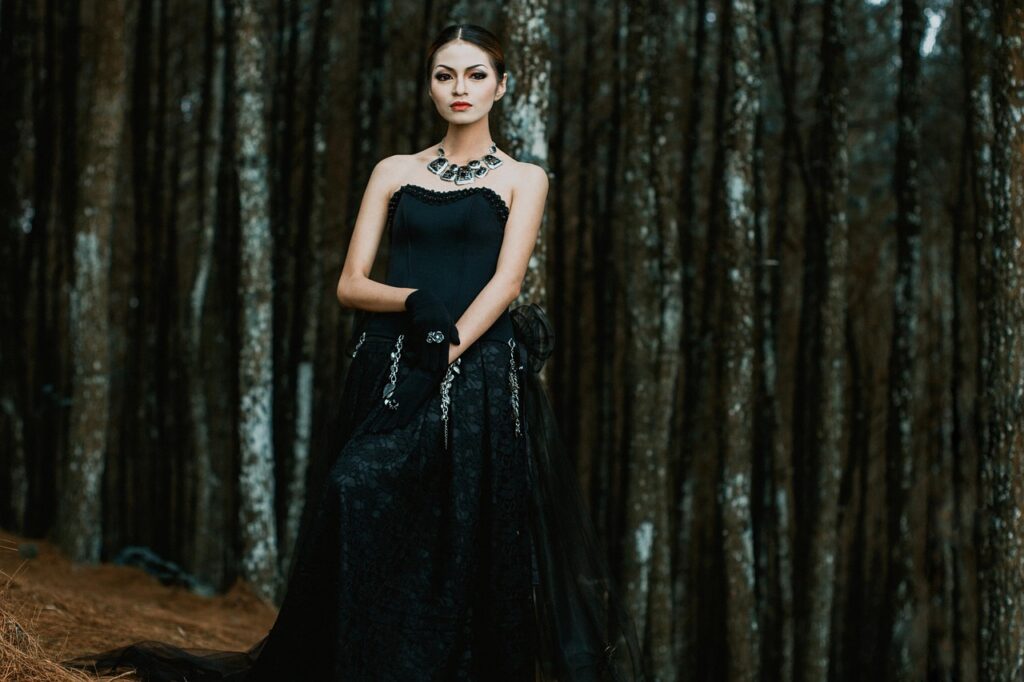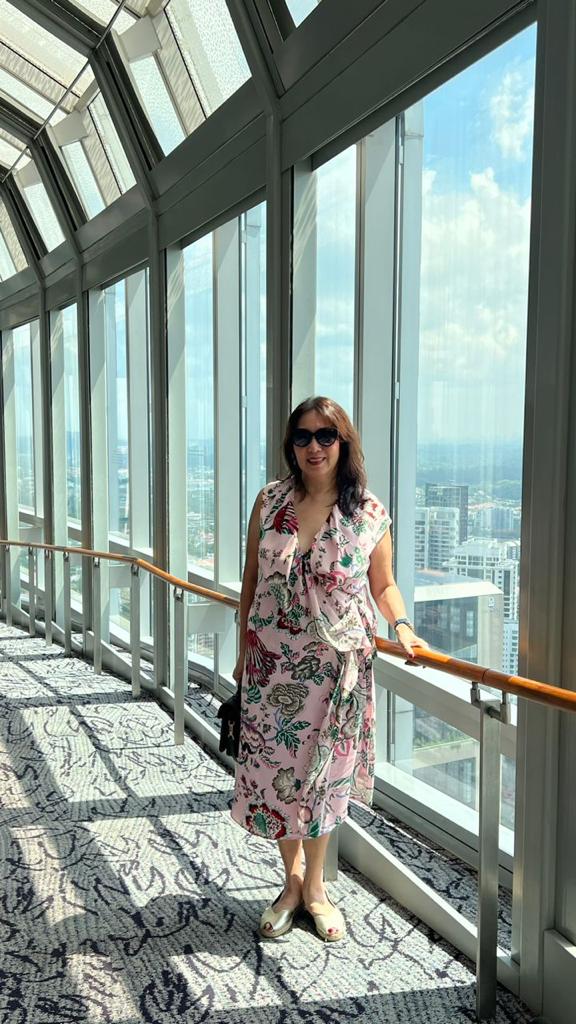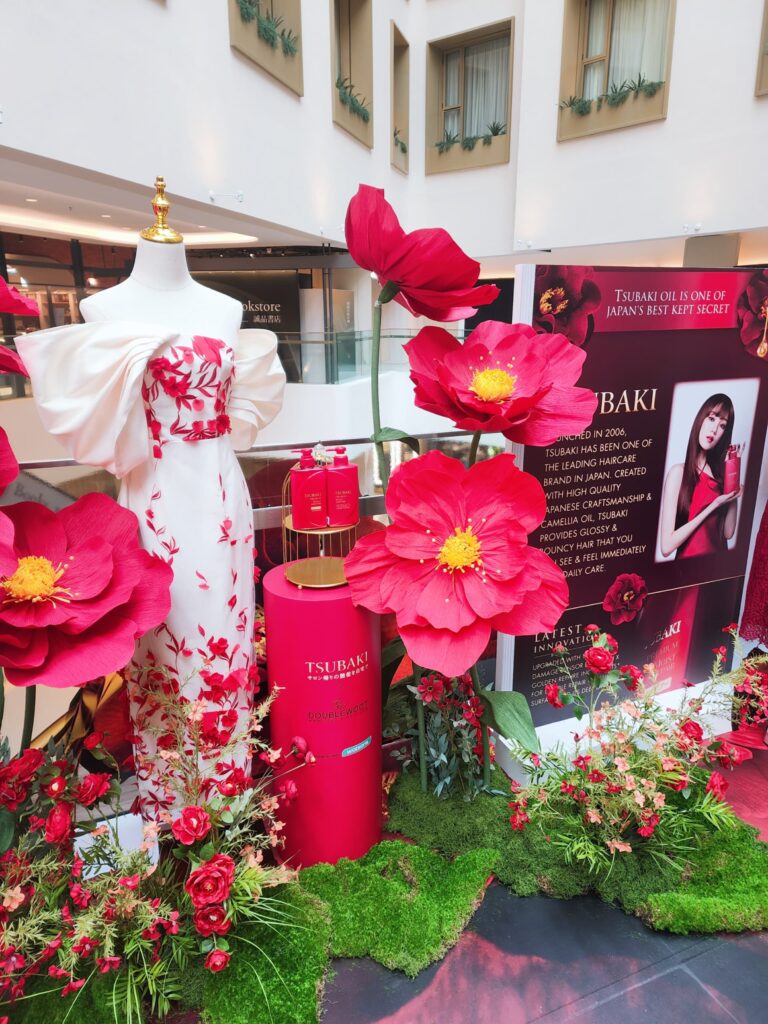Developing Personal Style That Everyone Will Admire
Have you always admired people who somehow stand out in a crowd due to their personal style and fashion sense? You can become like them too, with a little bit of effort. Developing a personal fashion style is a journey of self-discovery and expression. It’s about finding what makes you feel confident, comfortable, and authentically you, rather than blindly following trends. Here’s a step-by-step guide to help you cultivate your unique style:

1. Self-Reflection: Know Thyself
- What are your values and lifestyle? Are you a busy professional, a creative artist, a free-spirited traveler, or a homebody? Your daily life should influence your wardrobe. If you spend most of your time in casual settings, a closet full of ball gowns won’t serve you.
- What makes you feel good? Pay attention to the clothes you already own that make you feel confident, comfortable, and happy. What colors, fabrics, and silhouettes do you gravitate towards? Conversely, identify what you dislike or makes you feel self-conscious.
- Describe your desired style in 3-5 words. This popular “three-word method” helps distill your aesthetic. Do you want to be “classic, elegant, comfortable”? Or “edgy, minimalist, bold”? These words will act as your compass.

2. Seek Inspiration (and then Adapt)
- Create a mood board (digital or physical): Use Pinterest, Instagram, fashion magazines, or even real-life observations. Pin images of outfits, colors, textures, and even art or interiors that resonate with you. Don’t just focus on clothes; think about the overall vibe.
- Identify style icons: Who do you admire for their fashion sense? It could be celebrities, influencers, friends, or even characters in movies. Analyze what you like about their style – is it their use of color, their silhouettes, their accessories, or their overall attitude?
- Look for common threads: As you gather inspiration, you’ll start to notice patterns. Are you consistently drawn to a particular color palette, certain types of fabrics, or specific garment shapes? These commonalities are clues to your emerging style.

3. Assess Your Current Wardrobe
- Declutter mercilessly: Go through your closet and remove anything that doesn’t fit, is worn out, or makes you feel bad. Be honest with yourself. If you haven’t worn it in a year, it’s likely time to let it go.
- Analyze what you have: What pieces do you wear repeatedly? What are your most versatile items? This helps you understand what truly works for your lifestyle and preferences.
- Identify gaps: Based on your desired style and the pieces you love, what’s missing? This forms the basis of your strategic shopping list.
4. Understand Your Body and Color Palette
- Dress for your body shape: Forget strict rules about “body types” if they make you feel restricted. Instead, focus on understanding what silhouettes and cuts flatter your unique proportions and make you feel good. Experiment with different shapes to see what works best for you.
- Discover your best colors: Certain colors will naturally make your skin, hair, and eyes glow. You can explore color analysis (professional or DIY) to identify your most flattering hues, or simply pay attention to which colors make you feel vibrant and confident.

5. Experiment and Refine
- Start small: You don’t need to overhaul your entire wardrobe overnight. Begin by incorporating new accessories, trying new styling combinations with existing pieces, or adding one or two new items that align with your evolving style.
- Step outside your comfort zone (gradually): If you’re always in neutrals, try a pop of color. If you stick to jeans, experiment with a skirt or tailored trousers. Fashion should be fun!
- Document your outfits: Take photos of outfits you wear and love. This visual diary helps you see what works, track your progress, and remember successful combinations.
- Pay attention to fit and quality: No matter your style, well-fitting clothes made from quality fabrics always look better. Consider investing in tailoring to ensure your clothes fit you perfectly.
- Don’t forget accessories: Jewelry, scarves, belts, bags, and shoes can completely transform an outfit and are key to expressing your personal style.

6. Embrace Evolution
- Personal style is not static: As you grow, change, and experience new things, your style will naturally evolve. Be open to this evolution.
- Prioritize comfort and authenticity: Ultimately, your personal style should make you feel confident and comfortable in your own skin. Don’t force yourself into a look that doesn’t resonate with who you are.
Developing your personal style is an ongoing process of self-discovery and creative expression. Don’t wait to do this. Start now and enjoy the journey!







